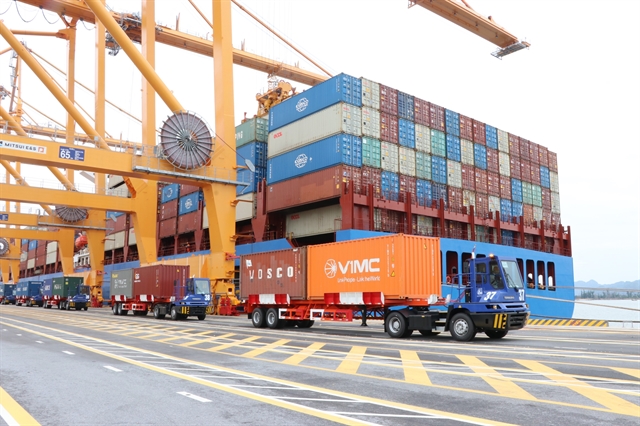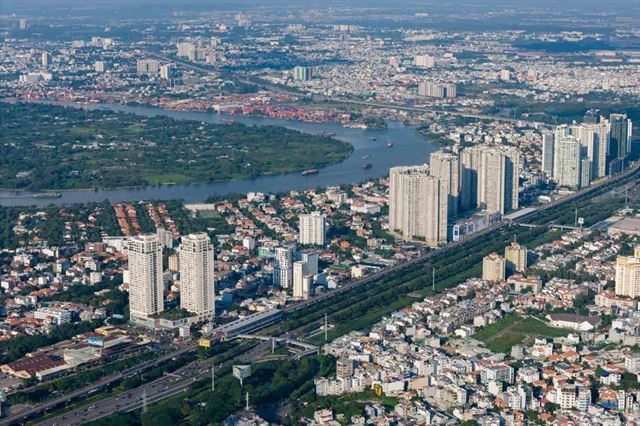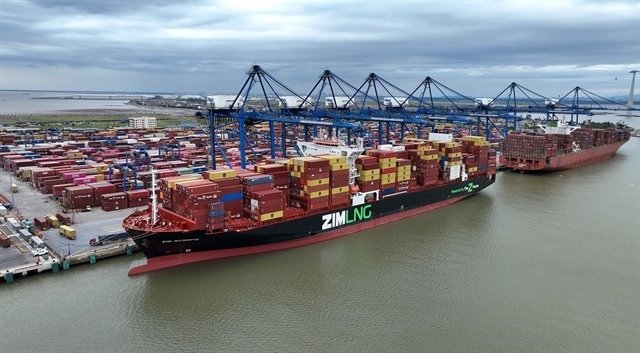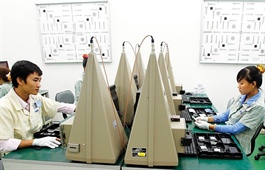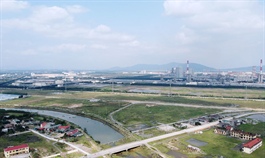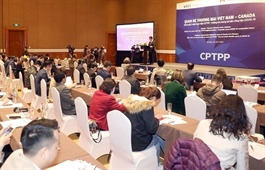Vietnam GDP growth set to rebound to 6.6% in 2021: WB
Vietnam GDP growth set to rebound to 6.6% in 2021: WB
Vietnam and China are the only two economies in East Asia and Pacific experiencing a V-shaped rebound where output has already surpassed pre-pandemic levels.
Vietnam’s GDP growth in 2021 is set to rebound to 6.6%, higher than the government’s target of 6.5%.
“Only China and Vietnam are experiencing a V-shaped rebound where output has already surpassed pre-pandemic levels,” stated the World Bank (WB) in its latest economic update for East Asia and the Pacific (EAP) released today [March 26].

|
In the other major economies, output remained on average around 5% below pre-pandemic levels, it said, adding hardest hit of all have been the Pacific Island countries with tourism-reliant economies.
According to the WB’s report, economic performance has depended on the effectiveness of virus containment, the ability to take advantage of the revival of international trade, and the capacity of governments to provide fiscal and monetary support.
In 2020, poverty in the region stopped declining for the first time in decades. An estimated 32 million people in the region failed to escape poverty (at a poverty line of $5.50/ day) due to the pandemic.
“The economic shock caused by the Covid-19 pandemic has stalled poverty reduction and increased inequality,” said Victoria Kwakwa, Vice President for East Asia and the Pacific at the World Bank. “As countries begin to rebound in 2021, they will need to take urgent action to protect vulnerable populations and ensure a recovery which is inclusive, green and resilient.”

|
Inequality increased, driven by the pandemic and resulting shutdowns, as well as unequal access to social services and digital technologies. In some countries, children in the poorest two-fifths of households were 20% less likely to be engaged in learning than children of the top one-fifth.
Women are suffering more violence than previously: 25% of respondents in Laos and 83% in Indonesia said that domestic violence worsened due to Covid-19.
Growth in the region is expected to accelerate from an estimated 1.2% in 2020 to 7.5% in 2021.
International cooperation more important than ever
The report estimates that US stimulus could add one percentage point on average to the growth of countries in the region in 2021 and advance recovery by about three months on average.
Risks to the outlook come from slow implementation of COVID-19 vaccines, which could slow growth by as much as 1 percentage point in some countries.
The report calls for action to contain the disease, support the economy, and green the recovery. It warns that with current stocks and allocation of vaccines, industrial countries would achieve more than 80% population coverage by the end of 2021, while developing countries will achieve only about 55% coverage.
In many EAP countries, relief is less than earning losses, stimulus has not fully remedied deficient demand, and public investment is not a significant part of recovery efforts, even as public debt has increased on average by seven percentage points of GDP. And “green” measures are outstripped by “brown” activities in the stimulus packages across the region: on average only one-in-four recovery measures taken by countries in the region are climate friendly.
“We need international cooperation more than ever, to contain the disease, support the economy, and green the recovery,” said Aaditya Mattoo, Chief Economist for East Asia and the Pacific at the World Bank.
The report calls for international cooperation in the production and approval of vaccines as well as in allocation based on need, to help contain Covid-19. Fiscal coordination would magnify the collective impact because some governments tend to under-provide stimulus. And apart from cooperative reduction in emissions, international assistance would help poorer developing countries take deeper climate action.


